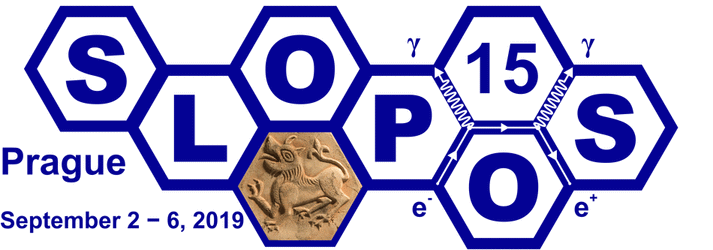
15th International Workshop on Slow Positron Beam Techniques & Applications (SLOPOS-15)
important dates:
- Abstract submission deadline May 15, 2019
- Notification about abstract acceptance May 15, 2019
- Early bird registation fee deadline May 31, 2019
- SLOPOS-15 conference September 2-6, 2019
- Full paper submission deadline extended till
September 30, 2019
number of registered participants: 135
SLOPOS-15 posters



